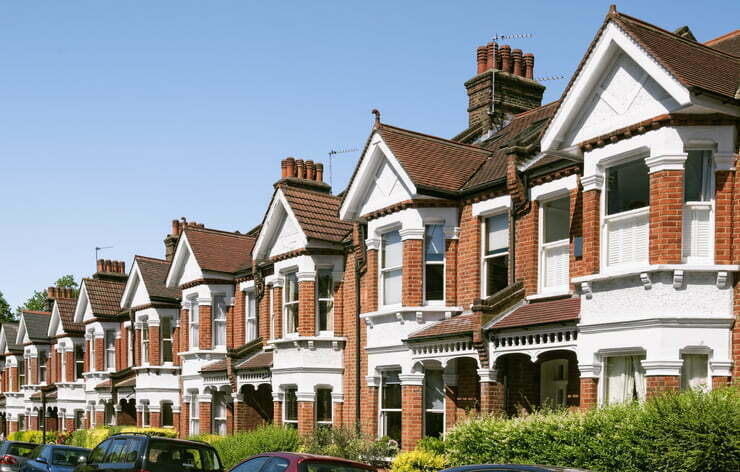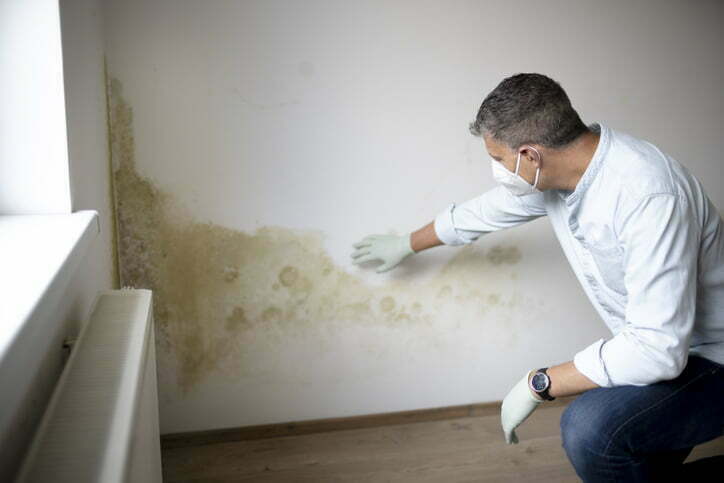Tapco HomeDry Dry Rot Treatment Berkshire
We are long term members of Trust Mark and a member of the BWA. CHAS accredited contractor. In addition, all of our surveyors are trained to the high standards of the PCA (Property Care Association).



Dry Rot Specialist In Berkshire
Suspect you have dry rot in your home in Berkshire? Don’t delay seeking help with this widespread problem. At Tapco Homedry, we are your local experts in all areas of damp proofing and addressing the side effects of dampness, including dry rot.
Signs of dry rot in your home
There are different stages in the development of dry rot that you need to be familiar with. Wood already damaged by dry rot will be dark, brittle and warped. It will crumble easily, with cuboidal damage to the structure. Active growths of dry rot-causing fungus will start out furry and white and then develop a rusty brown colour from the centre. If the dry rot is concealed from sight, you may be able to smell the musty and damp odour.
What is dry rot?
Dry rot is the name given to the condition caused by the spread of the Serpula lacrymans fungus. This fungus plays an important role in woodland areas where it helps to break down rotting wood, but it can also be found in properties when the conditions are just right.
The early stages of growth are characterised by a furry and white fungus that spreads over damp wood and timber. The fruiting spores are a rusty orange colour, and this is when you know the issue is spreading throughout your home. Any wood affected by dry rot will be dried out and brittle.
Despite the name, dry rot actually needs moisture to spread. Even small levels of dampness in the timber structure of a building can allow dry rot to thrive and spread.
This issue most commonly affects older properties, but it can also impact any wood-framed home or timber structures like skirting boards, floorboards or door frames. Once established, dry rot spreads very quickly throughout any suitable timber in a home.
How is dry rot treated?
Dry rot treatment takes place in different stages. To begin, we will identify the source and extent of the damage. Dry rot suggests the presence of dampness in your home, so we need to address this at the same time to prevent the damp from returning.
Next, we use a fungicidal treatment to kill the fungus and prevent it from spreading any further. This will be applied to all wood in the area, not just the wood that is visibly affected. Finally, we can replace damaged timber with pre-treated wood to restore strength to the structure. A follow-up check can help to confirm that the problem is not persisting.

Dry rot experts in Berkshire
If you’re worried about a dry rot outbreak in your Berkshire property, get in touch with our team today. Our courteous and professional team will apply their expert knowledge to the situation to identify the source of the dampness that is allowing the dry rot fungus to thrive. Next, we will eradicate the dry rot and then restore any damage to avoid structural issues down the road. Get in touch to arrange your dry rot survey in Berkshire.
What’s the difference between wet rot and dry rot?
These two types of rot are caused by different fungi that need different conditions in which to thrive. Wet rot requires moisture levels of around 50% or higher to take hold, whereas dry rot needs moisture levels of around 20%.
Both wet rot and dry rot can be difficult to identify, so it’s important to call in an expert if you aren’t sure. Even if you don’t know what you are dealing with, a dry rot and dampness survey can help to find the cause of the problem and create a plan for addressing it so it does not spread any further.


 Damp Proofing
Damp Proofing Basement Damp Proofing
Basement Damp Proofing Water Damage
Water Damage Condensation Control
Condensation Control Dry Rot Treatment
Dry Rot Treatment WOODWORM & WET ROT
WOODWORM & WET ROT CAVITY Wall Ties
CAVITY Wall Ties Property Maintenance
Property Maintenance Waterproofing And Tanking
Waterproofing And Tanking Structural Repairs
Structural Repairs
